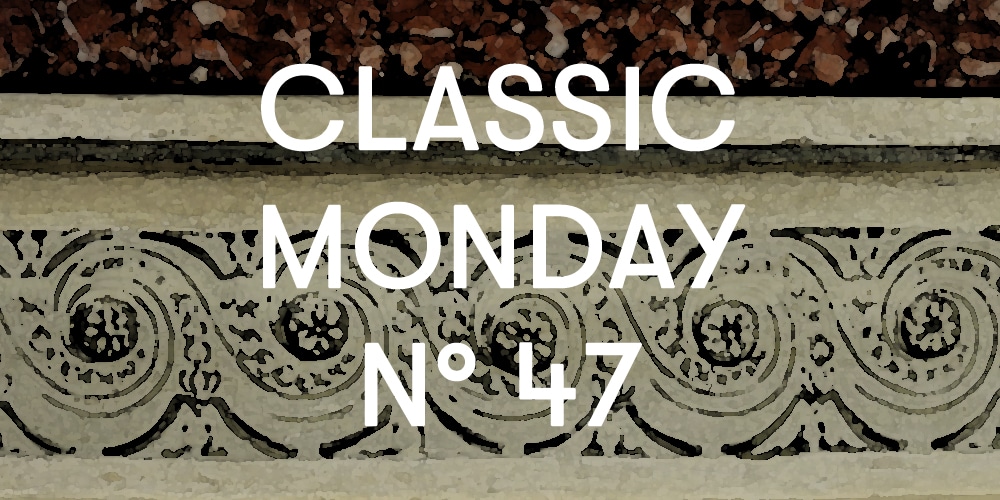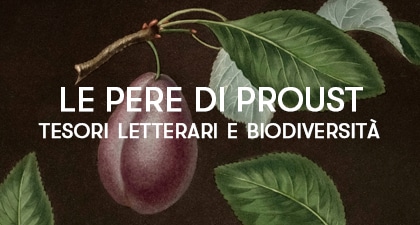
The protagonist of our Classic Monday is an elegant demi-lune console, an expression of Piedmontese refinement in the Neoclassical era.
The area of Piedmont, a borderland, is in fact characterized by a culture strongly influenced by that of the Alps. Especially in the eighteenth century French art and taste are universally considered as the most fashionable; For this reason, much sought after and adopted.
This characteristic is especially noticeable in those areas that can boast of direct exchanges with France, perhaps thanks to the movements of the artists. In fact, many Italian personalities go to Paris, on real educational trips; But also French artists are called by the Italian courts for prestigious commissions. In this regard, the activity of the Lyon architect Ennemond Alexandre Petitot in the Parma of the Bourbons and Habsburg-Lorraine is now famous.

Of course, geographical proximity also inevitably leads to a confluence and interpenetration of artistic tastes, as in our case.
In our console the typically neoclassical shapes show an openness to French trends, both in the features and in some of the materials used.

Supported by fluted truncated-pyramidal legs, tightened at the top by a collar and equipped with a connecting nut, they are connected to each other by half-moon crossbars, pierced with a triage pattern at the top. The silhouette of the wall table, with its characteristic shape, precisely “half-moon” is clearly taken from French furniture. Even the use of materials shows the dual culture of this piece of furniture. The poplar, a typically Italian essence, supports a marble top, expertly cut always to follow the demi-lune shape, called rouge griotte, with the characteristic color of a cherry red and stone species widespread and used in France.
The lacquer decoration of the structure also underlines the refinement of the console. The wood is never left exposed, but rather it is entirely lacquered even in the carved undercounter band. Lacquering was in fact a widespread technique, both in Italian and French territories, precisely to finish and make furniture more elegant. Often the lacquering was subsequently enriched with painted parts, as in our case with the Greek that adorns the entire perimeter band, with phytomorphic spirals and roses, therefore with a motif among the most widespread and taken up in neoclassicism.











